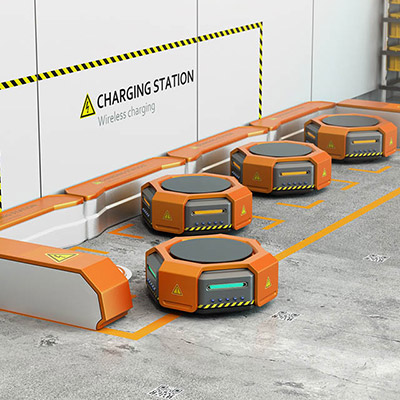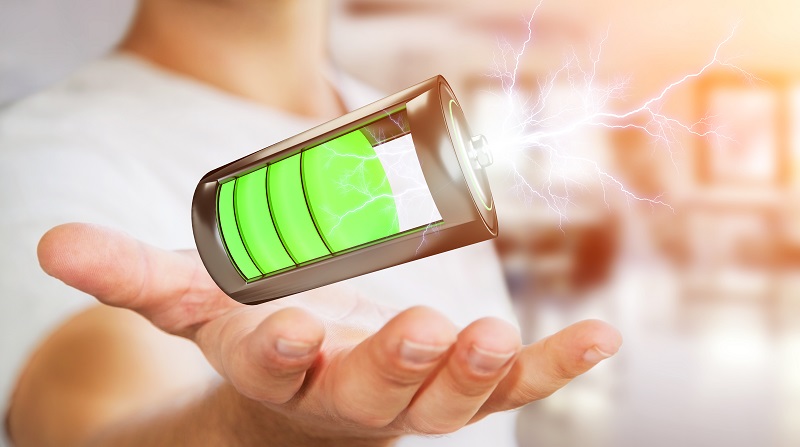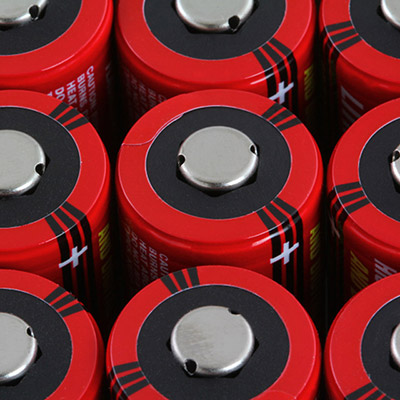Design Considerations for On-Board Battery Charger (OBC)
In the era of industrial development, humans have extensively used fossil fuels such as coal, oil, and natural gas as the power sources of many tools. However, fossil fuel waste accumulation has brought about drastic changes to the earth’s environment. Not only have air pollution and acid rain resulted, but the ecological catastrophe caused by global warming has affected the health and lives of all species on Earth.
With a global rise in environmental awareness, more and more countries are demanding fossil fuel use reductions, which have prompted transportation vehicles and large machines to resort to powered operations. This type of equipment requires an on-board battery charger (OBC) to conveniently charge devices at any time. At present, the common tools include electric vehicles, electric buses, electric boats, industrial/mall dust collectors, floor scrubbers, cargo-carrying robot, electric forklifts, etc.
The full name of an OBC is an On-Board Battery Charger, which refers to a battery charger fixed on an electric device. According to the data provided by the internal Battery Management System, BMS, the battery charger can dynamically regulate the current or voltage parameters while the device is charging, execute corresponding actions, and complete the charging process.
Since the OBC is directly installed in various large electric vehicles or industrial devices, it is often operated under dirty, humid, and bumpy environments. Therefore, a built-in battery charger should have waterproof, dustproof, and shockproof mechanical designs. It is recommended that products higher than IP65 grade be selected to reduce the device charging failure rate.
When choosing an OBC, customers can discuss with battery charger manufacturers who have battery charger design capabilities regarding products that meet the device input current, output wattage, output voltage, and other specifications based on the requirements of the terminal application device. At the same time, whether the following conditions are met should also be taken into consideration:
- Adjustable output voltage.
- Temperature/voltage/current monitoring design.
- Design heat dissipation mechanisms according to the operating environment (no fan/natural heat dissipation, air-cooled heat dissipation design or water-cooled heat dissipation).
- High power conversion efficiency.
- One-phase and three-phase voltage input design options.
- With a high-speed CAN network and BMS telecommunications function (determine if the battery connection status is correct, obtain battery system parameters and real-time data for overall units and single batteries before and during charging).
- Multiple protection circuit design: input overvoltage/undervoltage warning/input overcurrent/output overcurrent/output short circuit/charging over temperature.
- Multi-stage charging curve: Automatically and dynamically adjust the charging current according to the BMS battery information.
- Automatically determine whether the charging connector and charging cable are correctly connected.
- Wires and the body have fire resistance function.
Refer to the following websites to learn more about OBC application fields and product features.
관련 기사
FSP소개
세계 최고의 전원공급장치 제조업체인 FSP그룹은 1993년 설립 이래 '서비스, 전문, 혁신'이라는 경영 철학을 바탕으로 포괄적인 그린 에너지 솔루션 제품을 공급하고 있습니다.







